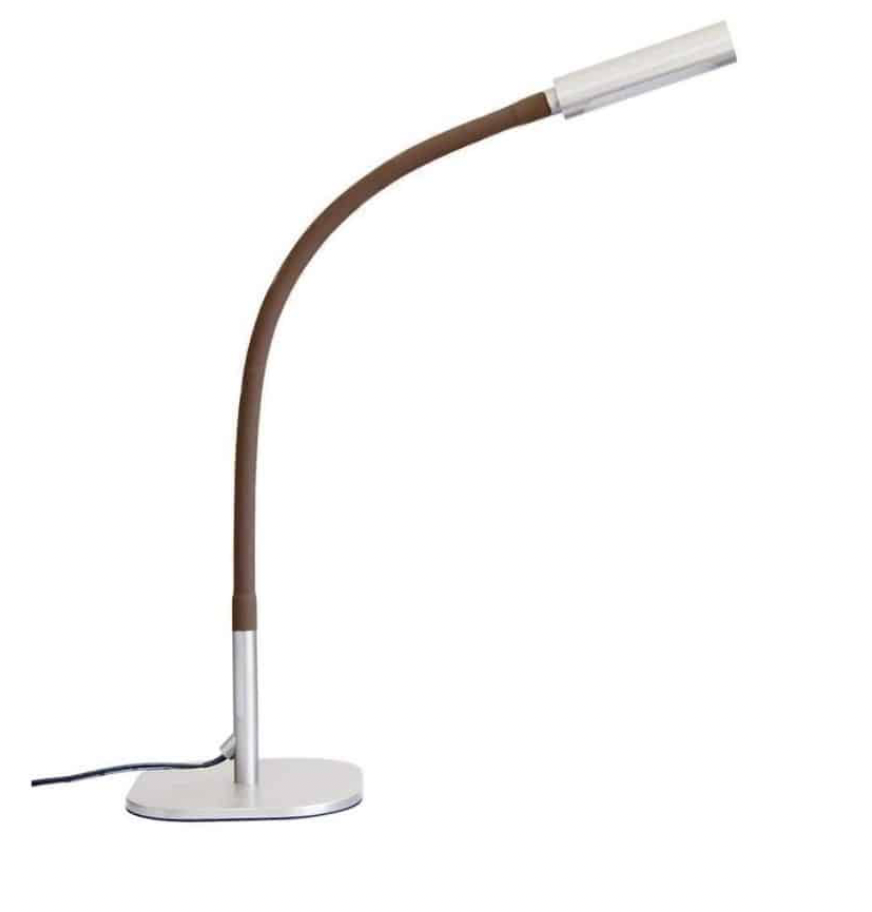
Eyetools Question of the Day #351
Patients often ask me why they can read well with their new prescription in my practice but not so well when they read at home.
What should I say to them?
This is a very common occurrence. Patients read N5 or even N4 reading print size with each eye in turn with the new prescription in the consulting room and can’t read that print size with their new glasses in their own homes.
In my consulting room, I have a reading lamp that I can angle so it illuminates the reading print I use to determine threshold reading print size. I always push the patient to read the smallest print size they can with each eye even if they struggle and make a few mistakes. This gives me the reading print threshold for each eye. Often I demonstrate to them the difference in reading with and without a good light by asking them to read with and without my reading lamp turned on. All patients agree that it is easier to read the small print with the reading light on.
I advise them that being able to read small print requires the trilogy of reasonable eyesight, good glasses, and good light. Without all three, reading small print will be difficult.
During those examinations where I am working with people in their own homes, I ask them if they read in good light. About half will not use local lighting and about a quarter will read using a decorative lamp in which most of the light goes up to the ceiling rather than down onto the page. Only a quarter will have a reading lamp that can be angled so most of the light is illuminating the page.
Some people will read well during daylight hours especially if they have good sunlight coming into the room over their shoulder and struggle during twilight and nighttime when there is no sunlight.
The reason people can’t read as well at home as they do in your consulting room is that they have much poorer light at home.
No one would be surprised at difficulties with reading in the dark but a lot of people are surprised that reading will be difficult in dim light.
Advise your patients that if they want their eyes and their new glasses to work well they need to have a good reading lamp. Direct them to specific lamps in catalogues or on the internet so that they can see exactly what they require.



1.jpg)



.jpg)
.jpg)



_(Instagram_Post).jpg)
.jpg)
_(1080_x_1080_px).jpg)


with_UP_Cabinet_Minister_Sh_Nand_Gopal_Gupta_at_OpticsFair_demonstrating_Refraction.jpg)
with_UP_Cabinet_Minister_Sh_Nand_Gopal_Gupta_at_OpticsFair_demonstrating_Refraction_(1).jpg)

.jpg)








.jpg)



.png)




